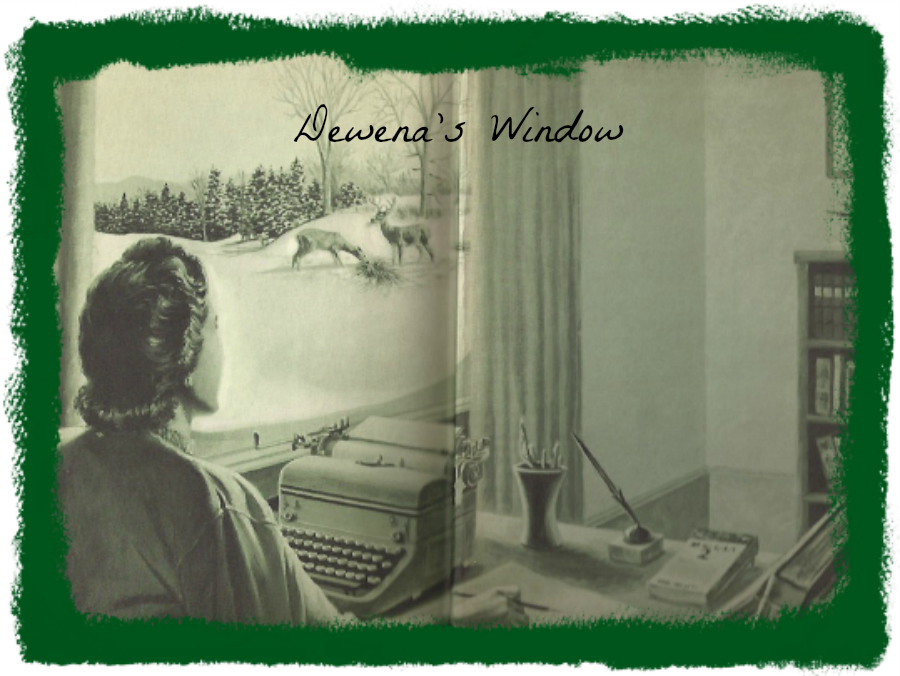When I turned the page to this picture in my January 1938 Woman's Home Companion magazine I was entranced but thought it was just a painting by a Mr. Harrie Wood and surely not a real garden.
I was wrong. This is just half of the knotted herb garden that belonged to a Mrs. R. M. Littlejohn in Southhampton, Long Island, and it was designed by John Dukinfield.
One Google search led to another and I discovered it was at what is now 107 Great Plains Road in Southhampton, now named Westlawn. The house was designed in the early 1890s by F. Burrall Hoffman for Charles and Lacie Lee.
For an herb lover such as myself, the article written by Grace Tabor was fascinating.
The 'knots' are formed by sheared hedges to which certain herbs lend themselves more readily than others and because they were first cut to strew on the floors as disinfecting and deoderizing mediums long ago, they are to this day called 'strewing herbs' as distinguished from culinary herbs and nosegays. These strewing herbs form the knots as you see them here--lavendar, germander, Roman wormwood, winter savory, hyssop and santolina.
The knots are 'tied' or filled with untrimmed natural growth which includes some of the following and adds many others--lemon balm, pot marigold, sage, borage, pot marjoram, orris, artemesis, feverfew, southernwood, clove pink, sweet marjoram, balm, dittany of Crete, scented leaf geraniums.
I wasn't familiar with "strewing herbs," are you?
Tabor also says that the dittany of Crete or 'righte dittany,' origanum dictamnus was unknown then [in 1938] in America and growing rare even in native Crete, "probably because the goats love so to graze it."
Supposedly Venus gathered dittany to heal the wounds of Aeneas. And Tabor cautioned herb gardeners not to confuse it with the species dictamnus, the gas plant of old gardens which is sometimes called dittany.
[Please see Poppy's comment below where she writes about the dittany of Crete that she knows as 'erontas' on the island of Crete where she lives. Thanks, Poppy!]
Another thing that fascinated me was that this knot garden above was only half of the actual garden, the other half mirroring what you see above. Can you imagine the gardening staff that would be required for such a garden today?
Here is a plan detailing the plants used.
Can you picture walking through this herb garden at its height of glory? And "outside the knots are rosa gallica and rosa damascena." How I would love to have seen that!
A few other details: The groundcover was viola rosina. There was a smoke tree and pink dogwood. On one side there were mountain ash trees and an arbor covered with passion vine.
One final touch as I leave you to dream along with me of strolling through this knotted herb garden.
We would enter through a pleached alley of theifera flowering crab that divides the garden. And I would think I had died and gone to Heaven.
How about you?












